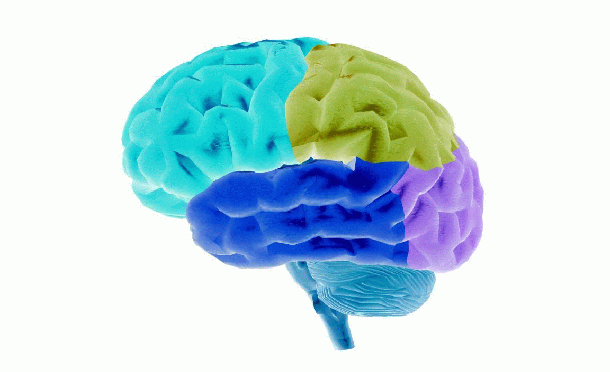
|
Melbourne Brain Genome Project
|
|||||
Diseases
Down syndrome (OMIM 190685)
Trisomy 21 (T21) or Down syndrome (DS) occurs at a frequency of approximately 1/700 live births. In contrast to the variable phenotypic penetrance in many organs, mental retardation (MR) and early onset Alzheimer disease (AD) are invariably present in brains of all DS patients such that DS is the most common genetic cause of mental retardation Epstein. Changes in the neuropathology, neurochemistry, neurophysiology, and neuropharmacology of DS patient brains indicate that there is abnormal development and maintenance of CNS structure and function. DS is thus a model for mental retardation with abnormal development and neurodegeneration or premature aging. Importantly, two of the genes known to be involved in neurodegenerative disorders, APP and SOD1, map to human chromosome 21 (HC21). To understand fully the molecular pathogenesis of DS, it is necessary to identify all HC21 genes. The DS SAGE studies have provided the first global analysis of gene expression differences in aneuploid versus normal cells, implicating certain genes as "directly" involved in several DS phenotypes Chrast 2000 and providing pointers to diagnostic or prognostic markers and possible targets for therapeutic intervention. Presentation of this work has altered many commonly held views of DS.
Neurodegenerative diseases
Over the past five years, the molecular bases of the major neurodegenerative diseases have become more clearly defined, and for each disease, the corresponding mouse model has been created based on gene targeting or transgenic technologies. The major disease categories encompass the commonly recognized sub-types of degenerations associated with the aging human brain. Yet despite the discovery of the molecular lesion in each category, no satisfactory therapeutics have emerged. A strategy aimed at identifying key genes or pathways in these diseases is to examine the downstream effects of the primary molecular lesion at a very early stage of preclinical evolution using SAGE, a technique well-suited to this approach. Ideally, this would be performed in an authentic animal model, perhaps half-way between birth and the mean onset of clinical phenotype. Sampling at a very early stage in the neurodegenerative process is expected to eliminate many of the secondary reactive pathways involving glia or microglia. Based upon the initial SAGE results, other experiments will be designed to examine human brain and cultured neuronal cells derived from the animal models. A primary outcome of this approach would be to define the common elements of down-stream effects across all six neurodegenerative phenotypes, thus indicating a possible therapeutic strategy applicable across the whole spectrum of disorders. The Masters laboratory has worked on the mechanisms of neurodegeneration for more than 20 years. The focus has been on Alzheimer's and Creutzfeldt-Jakob diseases, with analyses of the amyloidogenic proteins which accumulate in the extracellular space (as plaques). More recently, the laboratory has extended its studies into the proteins which aggregate in the other major neurodegenerative conditions. Facilities within the laboratory are wide-ranging, from basic molecular genetic techniques through to human brain banking and clinical trials. Thus, results from the proposed gene expression profiles of transgenic models of these disorders can be rapidly translated into experiments on human tissues and systems.
Website comments to